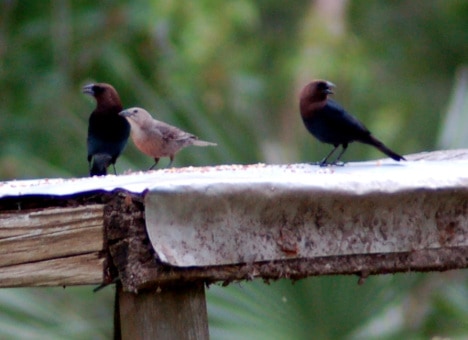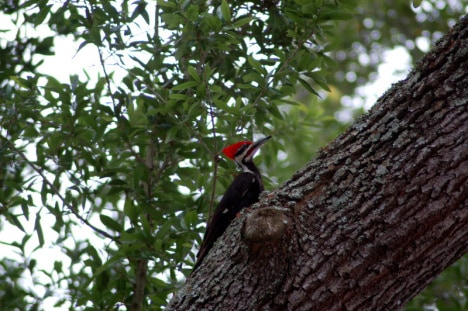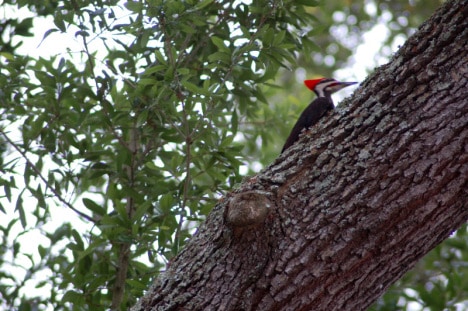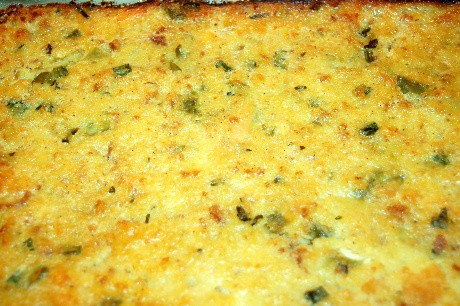Migratory birds need our islands and our coast line and a CONTEST!!!
These beautiful birds left South America on a wing and a prayer. Their prayer was to reach the coast of Louisiana alive, where they would find food and water and rest for their weary wings. Flying over the Gulf of Mexico is a shortcut, and the Gulf breezes and jet streams hasten their journey if they time their departure just right. Their Creator has equipped them with the ability to do just that. Let’s think about this a little more.
It doesn’t occur to us that there is Bird Rest Area in the Gulf between South America and the coast of Louisiana. Therefore, these birds have always counted on what was once a 21-mile chain of barrier islands off our coast as their landing strip and first rest area. In the late 1800’s, people vacationed on the islands, complete with summer houses, hotels, horses and buggies. Oh, and let’s not forget the “oak cheniers” full of food and shelter for the tired, hungry birds.
At the first sight of land, these mirgratory birds literally fall out of the sky and that is what this phenomenon is called today–The Fallout. Birders flock to the Gulf Coast of Louisiana to witness this Fallout in hopes of watching them eat, drink, and rest up for the next leg of their journey.
I’ve had the pleasure of birding on Grand Isle, Louisiana, in years past and have seen species of birds I’ve never before had the privilege to see. Among them, indigo buntings, painted buntings, rose-breasted gross beaks, red-eyed vireos, and orchard orioles, to name a few.
As the coast line of south Louisiana recedes, subsiding at an unbelievable rate (about a football field very half hour), fewer and fewer of the birds are able to make it to the land. The overall numbers of birds have decreased significantly over the past 30 years, as well as individual specie counts also being diminished–some to the point of endangerment.
Ideally, the barrier islands in the Gulf should be their first rest area; but the islands are so washed away, there is just a spit of sand where thriving islands used to be. The birds have to push farther and farther with each migration they make. If one day these birds can’t make it to the land, what do you think will be happening to our homes and environment?
On the lighter side . . .
Today was my first chance since Monday evening to sit out in my yard and watch for more unusual birds passing through, using my trees, feed table, and bird bath as their Bird Rest Area. (Hey, I think I’ll make myself a yard sign that says just that!). Oh boy, I was really rewarded. Now I get to share with you.
At first, it was just the usual brown-headed cowbirds, both male and female. And then I caught a flash of blue in the trees nearby and thought “indigo bunting”.
But I was wrong. If you non-birders don’t recognize it, I’ll give you a closer look . . .
Does that help?
As I was taking these photos, I heard a loud swoosh of wings over my head . . .
and this handsome rascal landed in the oak tree above me
He didn’t appear to very afraid of me.
There were several other species at my Bird Rest Area today, but these are the highlights of this evening’s birdwatching.
CONTEST EXTENDED: You have until Monday evening to name the blue birds and the red-headed bird correctly, and your name will go in the hat to receive an 8 x 10 print of your choice of any one photo appearing anywhere on this blog.
Then after that, there will be a CONTEST PART 2!!!









Hello!!
I think that the 2 blue birds are Indigo buntings and the big one is a pilliated woodpeck – them suckers are BIG!!!! hope I am right!!! LOL
I take that back its a blue grosbeck!!! ack….
Blue grosbeck and Pileated woodpecker.
Ditto. They are beautiful. How can I get them to stop in my backyard on their way north?
Blue grosbeak. Great pictures!
Blue grosbeak (Passerina caerulea) –I had to look it up because I’ve never seen one before–lovely bird! I see by the distribution map that they come as far north as the southernmost part of West Virginia so maybe I’ll see one when I’m traveling sometime.
The second is a Pileated Woodpecker (Dryocopus pileatu). Wouldn’t it have been cool if it was an ivory-billed one?
Hey…just wondering. Do you have out anything special to attract the woodpeckers? I live in NC and am trying to lure them in LOL. Your photos are gorgeous!
Hi Debbie! Welcome. The pileated woodpeckers do not come down to a feeder. They land on the trees and eat. However, the red bellied woodpecker LOVES to sit on a feeding table and eat the mixed wild bird seeds. But you have to have a table. You can just get an old card table from a rummage sale, or plastic table, or use an old picnic table, or just throw together some scrap wood like I did. I’m planning to do a series of woodpecker photos here very soon. Please come back and good luck woodpecker sighting! I love the name of your blog! I’ll go visit you now. BW